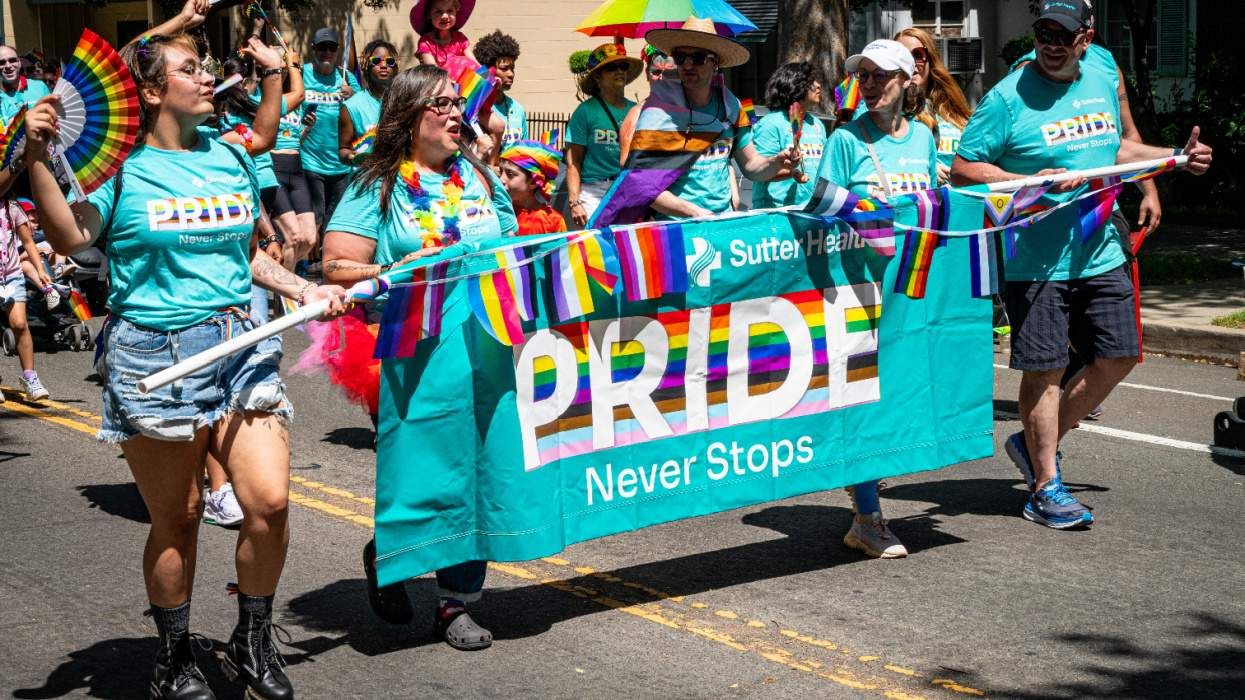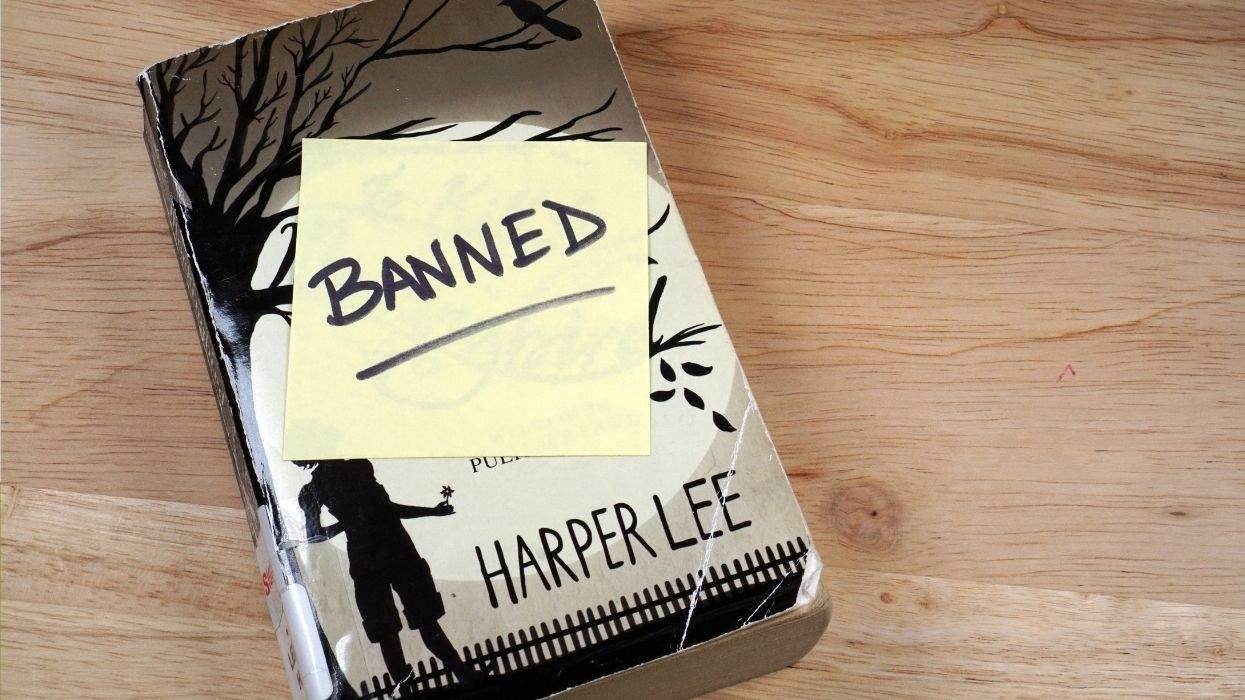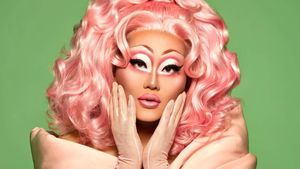Wednesday is Lesbian Visibility Day, falling in the middle of Lesbian Visibility Week, organized by DIVA Media Group, Europe’s largest LGBTQ+ media company and publisher of Diva magazine.
“Our aim is BOTH TO celebrate lesbians and show solidarity with all LGBTQI women and non binary people in our community. We believe in unity, and lifting up those who are most marginalised,” says the official Lesbian Visibility Week website.
“It is essential that Lesbian Visibility Week is a voice for unity and lifts up ALL women, especially those who come from marginalised communities,” the site continues. “Recent research (Pride Matters survey, conducted by Pride In London 2018) has shown that gay women are almost twice as unlikely to be out in the workplace as gay male colleagues.”
Lesbian Visibility Day originated in the United Kingdom and has been observed since 2008. “It’s 24 hours where our community comes together to celebrate and commemorate the achievements of a group of people which has for so long been marginalised,” Diva publisher Linda Riley wrote in 2021 on the website for British LGBTQ+ group Stonewall.
In 2019, “I came to the conclusion that a single day for lesbian visibility was simply insufficient,” she went on. “We needed, and deserved, more time to shine a light on some of the amazing women in our community, and to celebrate who we are without fear of prejudice, harassment or vilification.” Since the observance’s expansion to a week, it has become “an unmissable event in the LGBTQI calendar,” she noted.
Lesbian Visibility Day and Week have supporters worldwide, including GLAAD, UK Black Pride, LGBT Foundation, the Peter Tatchell Foundation, and more. “These organisations all agree that lesbians need to be given space to be visible and shown to the world on our own terms,” Riley wrote. “For too long, we have been fetishised by the heterosexual male gaze, as little more than the stuff of fantasy. At the same time, a small number of cis lesbians, whose opposition to the rights of our trans siblings has become ever louder and more toxic, have led some to believe that the lesbian community is not an inclusive space. I can assure you that for the vast majority of us, this is not the case. That’s why I am so committed to celebrating all under the LGBTQI umbrella.”
In a 2022 piece for The Advocate, Riley further explained, "I had noticed that more and more, the L in LGBTQ+ was becoming particularly marginalized. I am a proud cis lesbian and a proud trans ally. But many in the LGBTQ+ community were beginning to equate cis lesbians with transphobes, which is fundamentally untrue. I wanted to help create a narrative that shows once and for all that the vast majority of cis lesbians are inclusive. We are intersectional. We want to remove any negative connotations associated with that word. So this is why during Lesbian Visibility Week we celebrate and center all lesbians, both cis and trans, while also showing solidarity with all LGBTQ+ women and nonbinary people."
In an article for the U.K.’s National Health Service, Julie Scanlon challenged those who question the need for the observance. “Various studies indicate that many women do not feel comfortable or engage with activities targeted at LGBT+ umbrella communities,” she wrote. Many lesbians are uncomfortable being out at work or suffer harassment there, she added.
“Celebrating lesbian visibility day is one way to recognise the contributions that lesbians make, to foster understanding between different groups and to acknowledge that more needs to be done,” Scanlon explained. “Beyond this day, there is a need to understand whether or not lesbians are feeling included, valued and engaged or what might improve this.”
“So,” she concluded, “I leave you with a small challenge — what is one action that you can take this week to support lesbian visibility? Go ahead and do it!”




































































Charlie Kirk DID say stoning gay people was the 'perfect law' — and these other heinous quotes